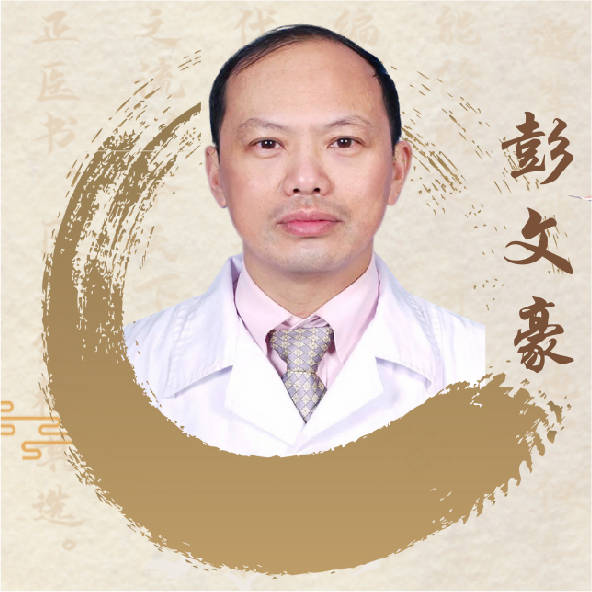Professor Peng Wenhao, who practices at Guangzhou University of Chinese Medicine Hospital, has specifically proposed the following five dietary guidelines aimed at helping everyone stay away from five types of high-fat foods. In today’s society, with the improvement of living standards and changes in dietary structure, high blood lipids have become one of the significant health issues affecting people. High blood lipids not only increase the risk of cardiovascular diseases but may also harm multiple organs in the body. To assist those with high blood lipids in better managing their diet and protecting vascular health.
1. Animal Organs and Fatty Meat
Animal organs such as liver, kidney, and brain, as well as fatty portions of red meats like pork and beef, are “disaster zones” rich in saturated fats and cholesterol. Long-term excessive consumption of these foods can directly lead to elevated levels of low-density lipoprotein cholesterol (LDL-C, or “bad” cholesterol) in the blood, increasing the risk of atherosclerosis and coronary heart disease. Therefore, individuals with high blood lipids should minimize or avoid eating these types of foods.
2. Fried and Fast Foods
Fried foods and fast food are often known for their high fat and calorie content, such as fried chicken, fries, and hamburgers. These foods absorb a large amount of oil during cooking, not only resulting in high calories but often containing trans fatty acids, which are particularly detrimental to cardiovascular health. Professor Peng Wenhao recommends that individuals with high blood lipids should try to avoid these convenient but health-risking foods and choose lighter, healthier cooking methods.
3. Cream and Butter
Cream and butter are commonly used in baking and cooking; they can enhance the richness and flavor of foods but also contain extremely high levels of saturated fats. Long-term excessive intake of saturated fats can lead to abnormal blood lipids and affect vascular health. Thus, individuals with high blood lipids should try to avoid using cream and butter in their daily diet and can replace them with healthy fats like low-fat plant-based cream or olive oil.
4. High-Sugar Processed Foods
Although high-sugar foods themselves do not directly contain high fat, excessive sugar intake can lead to insulin resistance, promote fat synthesis, and may indirectly cause an increase in blood lipids. Moreover, many high-sugar processed foods (such as desserts, candies, sugary drinks, etc.) often also contain certain hidden fats, like shortening and non-dairy creamers. Professor Peng Wenhao reminds individuals with high blood lipids to strictly control their sugar intake and reduce consumption of high-sugar processed foods.
5. High-Cholesterol Seafood
While seafood is an important source of quality protein, some seafood such as shrimp, crab, squid, and fish roe contains relatively high levels of cholesterol. For those already suffering from high blood lipids, excessive intake of these high-cholesterol seafood can further exacerbate lipid abnormalities. Therefore, while enjoying the delicacies of seafood, individuals with high blood lipids should pay attention to moderation and choose lower-cholesterol options like fish and shellfish.
Professor Peng Wenhao emphasizes that dietary management for individuals with high blood lipids is crucial for controlling the condition and preventing cardiovascular diseases. By avoiding the aforementioned five types of high-fat foods and combining them with moderate exercise, quitting smoking, limiting alcohol, and maintaining a regular routine, we can effectively protect vascular health and improve our quality of life. Remember, a healthy diet is the first step to safeguarding your health!


